Ecobeautify.com – Hey besties! Ever stand in a beauty aisle and feel like you need a dictionary just to buy a moisturizer?
You’re not alone. We’re bombarded with labels like “Clean,” “Green,” “Vegan,” and “Non-Toxic.” It’s a jungle of marketing buzzwords, and NGL, it’s designed to be confusing.
As your eco-conscious bestie, my job is to give you the honest truth. These terms are not interchangeable, and most of them are not even regulated by law. So, let’s finally settle the score on clean vs green beauty and all its cousins. Let’s de-code the jargon.
Daftar Isi
So, What is Clean Beauty?
This is the one you see everywhere. The clean beauty definition is all about ingredient safety.
- What it means: The product is formulated without a specific list of ingredients that are considered potentially harmful or controversial. Think of it as a “free-of” list.
- The “No-No” List: This almost always includes parabens, sulfates (SLS and SLES), phthalates, and synthetic fragrances.
- The Catch: Here’s the tea. “Clean” is not a regulated term. Every brand has its own “free-of” list. What’s “clean” at one store might not be “clean” at another.
Bottom line: “Clean” focuses on what’s not in the bottle, prioritizing human safety and (in theory) using non-toxic skincare ingredients. It can still include lab-made, synthetic ingredients as long as they are deemed “safe.”
What is Green Beauty?
This is where the clean vs green beauty debate gets interesting. “Green” is all about the source.
- What it means: The product is formulated with ingredients that come from nature. Think plant-based, botanical, and sourced from the earth.
- The Focus: It’s about being “natural.” This term often overlaps with “organic” (if the ingredients are farmed without pesticides) and using sustainable ingredients.
- The Catch: “Green” does not automatically mean “safe” or “effective.” Poison ivy is 100% natural, but you don’t want that on your face! Some natural essential oils can be very irritating for sensitive skin.
Bottom line: “Green” focuses on where ingredients come from (nature, plants).
Okay, So… Green Beauty vs Vegan: What’s the Difference?
This is where so many people get confused.
- What “Vegan” means: The product contains no animal products or animal by-products. This includes the obvious stuff (like animal fat) and the sneaky stuff, like:
- Honey
- Beeswax
- Lanolin (from sheep’s wool)
- Carmine (a red dye from beetles)
- Squalane (unless it’s specified as plant-derived)
- The Green vs Vegan Catch: A product can be “Green” (plant-based) but not “Vegan” if it uses honey or beeswax. Conversely, a product can be “Vegan” but not “Green” if it uses synthetic ingredients that are not plant-derived.
Bottom line: “Vegan” is only about the ingredient list. It has zero animal-derived components.
Wait, You Forgot Cruelty-Free!
You’re right! And this one is critical.
- What “Cruelty-Free” means: The product (and its ingredients) were not tested on animals at any point during development.
- The Vegan vs Cruelty-Free Catch: This is the most shocking one. A product can be VEGAN but NOT CRUELTY-FREE.
- How? A brand can have a 100% vegan formula but sell its products in mainland China, where animal testing is (in some cases) still required by law.
- A product can also be CRUELTY-FREE but NOT VEGAN.
- How? A brand can be 100% against animal testing but still use beeswax or honey in its formulas.
Bottom line: “Cruelty-Free” is about the process (no testing), while “Vegan” is about the formula (no animal ingredients). To be truly ethical, you want both.
The “Non-Toxic Skincare” Myth
Let’s talk about the biggest buzzword of all: non-toxic skincare.
I’m going to be 100% transparent with you: this term is mostly marketing. Why? Because everything is a chemical (even water!) and the “dose makes the poison.”
“Non-toxic” is a vague, unregulated term brands use to make you feel safe, but it has no scientific or legal definition. Instead of falling for this word, I encourage you to do what we just did: look deeper at the actual claims, like “paraben-free” or “phthalate-free.”
So, What’s a Beauty Bestie to Do?
It’s a lot, I know! But now you have the power. When you’re shopping, ignore the hype on the front of the bottle and do this instead:
- Define Your Values: What’s most important to you? Is it avoiding synthetic chemicals (look for “Green”)? Is it animal welfare (look for “Vegan” and “Cruelty-Free”)? Is it avoiding specific ingredients (look for “Clean”)?
- Read the Actual Ingredient List: The back of the bottle tells the truth. Start learning what ingredients like “sodium lauryl sulfate” or “lanolin” are.
- Look for Official Logos: These are your best friends because they are regulated. Look for the Leaping Bunny logo (the gold standard for Cruelty-Free) or the Vegan Society logo. These logos mean the brand proved their claims.
I hope this helped clear things up! This is the kind of transparency you can always expect from me.
Which of these terms confused you the most? Let’s talk about it in the comments!
XOXO, Your greenie bestie!
P.S. Remember, no brand is 100% perfect. It’s all about making better, more informed choices, one product at a time! 😘


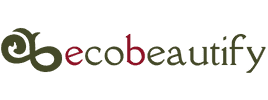
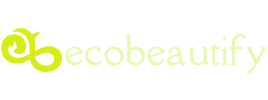


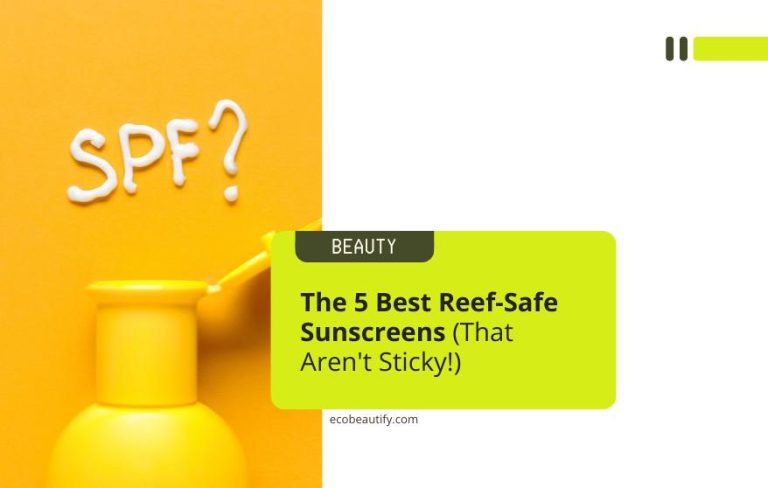

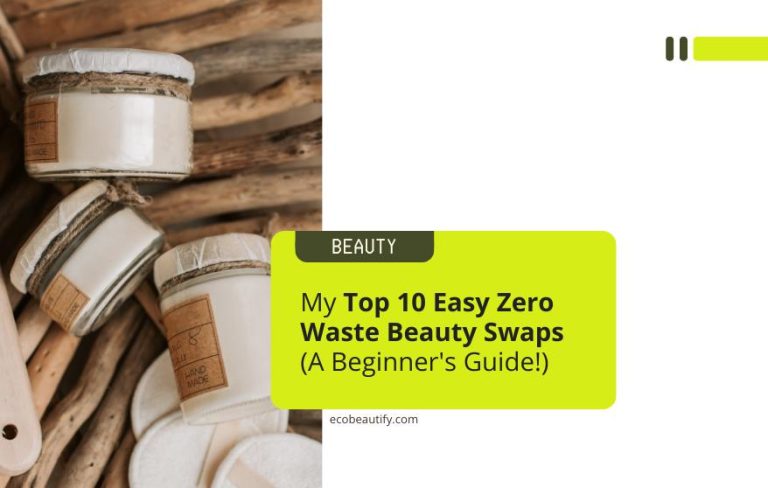
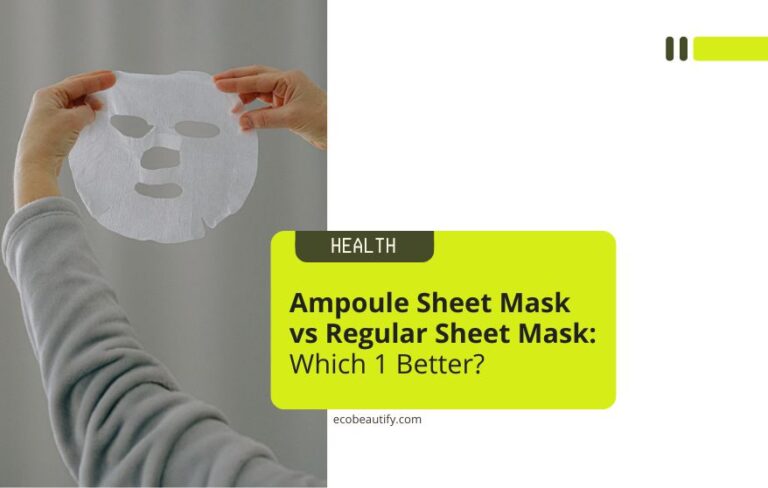



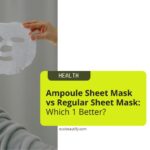

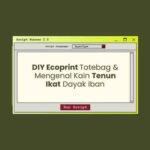

Tinggalkan Balasan